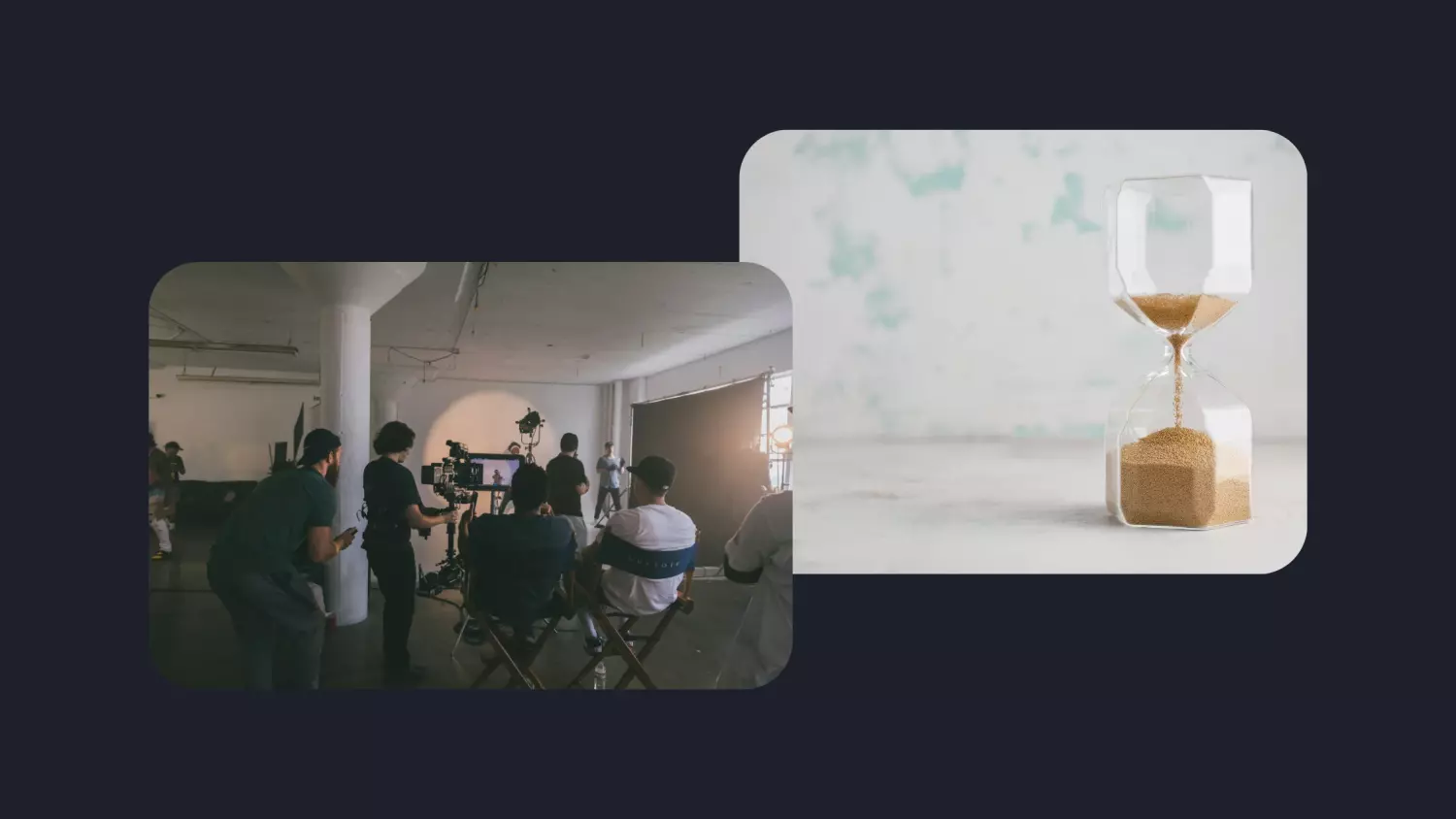The world of creative technology is evolving at lightning speed, and staying ahead means not just keeping up but actively shaping what’s next. Last month, our CEO, Rich Summers, had the pleasure of attending the HS Creative Tech 2024 event in New York, a gathering of the brightest minds exploring the intersection of creativity and technology. One session that really stood out was the panel discussion titled:
“Creative Tech: Today’s Capabilities and Tomorrow’s Possibilities.”

Moderated by Jarrod Gringas, the conversation featured:
- Jeremy Wintroub from ICP
- Eric Fullmer from Shotflow
- Neal Bilow from Chromata Solutions
- Alexia Adana from Edelman
With a mix of practical insights and bold predictions, this session left us with a roadmap for navigating the intersection of technology and creativity in an impactful and sustainable way. Here are our key takeaways.
Creative tech’s expanding role
Gone are the days when creative teams were sidelined. Jeremy Wintroub, formerly at NBCUniversal, emphasised that storytelling has become central to brand identity. He shared how his journey from managing large teams to streamlining workflows for Peacock revealed the power of standardisation in creative operations.
Meanwhile, Eric Fullmer explained how tools like Shotflow seamlessly embed into marketing tech stacks, proving that creative technology is no longer a “nice-to-have” but a critical enabler for collaboration across teams.
This shift reflects a broader trend: creativity isn’t just about aesthetics anymore—it’s an integral part of business strategy.
AI: The good, the bad, and the biased
Artificial intelligence was, unsurprisingly, a hot topic. While AI offers immense opportunities, it also comes with its share of challenges:
- Data readiness: Neal highlighted a crucial but often overlooked issue: Many organisations lack the structured, high-quality data to fully leverage AI.
- Addressing bias: Alexia Adana shared her experience with AI-generated content, highlighting how biases can creep into outputs, especially for marginalised groups. She underscored the importance of inclusive AI development, drawing comparisons to the “Napster era” of unsustainable free tools.
Despite these challenges, AI’s potential for personalisation, content generation, and workflow automation is undeniable. However, as Neal noted, the path forward requires organisations to step up their data game and rethink how teams are structured.
Overcoming challenges in tech adoption
The panellists pulled no punches in addressing the hurdles of adopting new technologies:
- Infosec bottlenecks: Neal’s point about the “gatekeeping” role of information security processes hit home for many in the audience. These lengthy approvals often stifle innovation.
- Balancing experimentation and governance: Alexia offered a solution: structured “sandbox” environments where teams can play with new tools without risking sensitive data.
The lively debate between Jeremy and Neal on “failing fast” versus “making smart bets” added another layer of nuance. While experimentation is vital, the complexity of modern tools means businesses must tread carefully.
Fostering innovation: Finding time and space to explore
Innovation isn’t just about the tools—it’s also about creating a culture that nurtures creativity.
- Dedicated time for exploration: Jeremy shared his initiative at NBCUniversal, “I Hate It Here” meetings—sessions designed to uncover operational pain points. This refreshing approach gave teams the freedom to experiment without the pressure of delivering immediate results.
- Building research labs: Neal called for the return of dedicated research labs, likening them to the legendary Xerox PARC. These spaces could act as safe havens for testing bold ideas without disrupting day-to-day operations.
Future trends in creative tech
Looking ahead, the panel identified exciting trends shaping the future:
- Custom AI models: Neal predicted a rise in enterprise-specific AI tools, allowing organisations to maintain control over their data and outputs.
- Asynchronous video tools: Both Neal and Jeremy highlighted tools like Loom as game-changers for creative workflows, enabling teams to collaborate without the constant need for live meetings.
- Sustainability of AI tools: Alexia raised a valid concern: the free AI tools flooding the market may not last. The future, she suggested, lies in robust, subscription-based enterprise solutions.
Recommendations for organisations
To wrap things up, the panel shared practical advice for businesses looking to thrive in the creative tech space:
- Adopt AI responsibly: Prioritise data security, mitigate bias, and establish clear governance policies.
- Invest in innovation labs: Provide teams with the tools and freedom to test, fail, and innovate.
- Streamline infosec: Simplify security processes to avoid bottlenecks.
- Educate and collaborate: Help teams understand AI’s capabilities and foster communication between creative and technical teams.
- Use asynchronous tools: Enhance communication across distributed teams with tools like Loom.
Keep exploring, experimenting, and sharing….
The session ended with a call to action: keep exploring, experimenting, and sharing. While the challenges in creative technology adoption are real, so are the opportunities. As creative tech becomes an increasingly critical part of business strategies, fostering a culture of innovation and collaboration will help organisations unlock their full potential.
Whether you’re a creative director, a technologist, or someone navigating both worlds, there’s no denying that the future of creative technology is brimming with possibilities—and it starts with embracing today’s capabilities.






